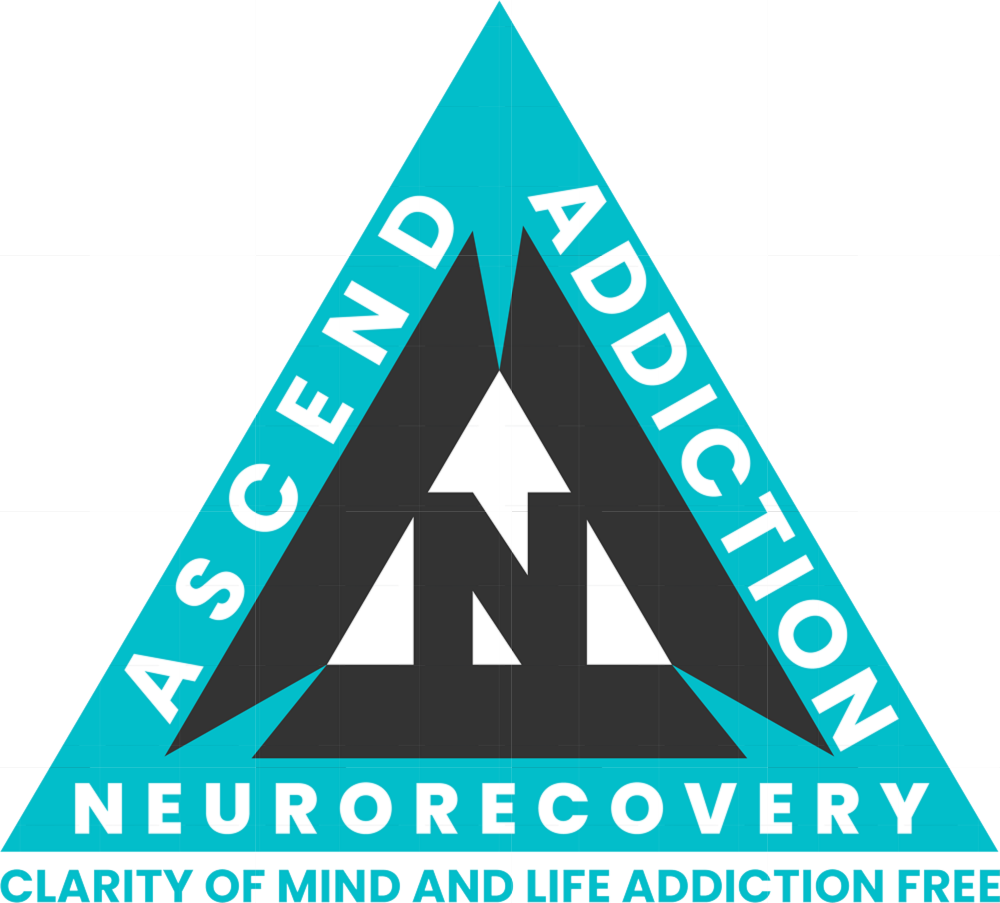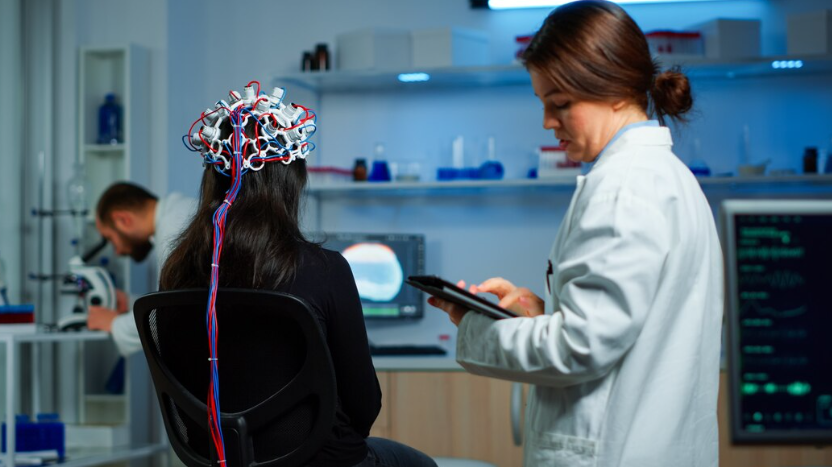
Stimulating Neuroplasticity | Aerobic Exercise vs Meditation
Introduction: The Brain That Breaks — and Heals
Recovery isn’t just about keeping sober; it’s also about fixing what addiction ruined. If you’ve ever wondered why your mind seems like it’s in a mess during early recovery—foggy ideas, emotional ups and downs, and cravings—it’s because your brain is physically trying to rewire itself.
That’s the miracle of neuroplasticity: the brain’s ability to change, adapt, and make new connections. It’s how we grow, learn, and heal. And for anyone who is trying to get over an addiction, this is proof that “damage” doesn’t mean “permanent.”
This is the exciting part: science says that two easy, natural things can speed up this rewiring process: aerobic exercise and mindfulness meditation. One makes your body move, and the other calms your mind. They seem to be contrary, but both awaken big changes deep inside your brain.
So, is it better to sweat or be still to heal? Then, let’s look at how each one helps neuroplasticity and why they might be the brain’s most powerful recovery pair.
1. From Surviving to Rewiring — The Turning Point
At some point during rehabilitation, a silent change occurs. You stop merely getting by and start rebuilding. That’s not just willpower; instead, it’s your brain reacting to new options, energies, and rhythms. Every little thing you do to take care of yourself—moving, stillness, and rest—becomes a lesson that your brain starts to remember. The chaos dies down, you have your attention back, and you feel more in control. Using neuroplasticity to heal through movement and mindfulness is great because you don’t have to force change; you have to feed it.
Also, neuroplasticity is like muscle memory for your brain. What you practice grows. What you neglect weakens. That’s why daily habits, even modest ones, are so important for rehabilitation.
2. The Power of Motion — How Exercise Repairs the Brain
1. Sweating Away Cravings
Running, biking, and brisk walking are all examples of aerobic activity that work out your brain and also your body. It boosts blood flow, oxygen, and a substance known as BDNF (Brain-Derived Neurotrophic Factor), which is sometimes known as fertilizer for neurons.
Your brain spontaneously starts making new neurons, repairing broken connections, and increasing dopamine levels as you move. Exercise provides your brain with the reward it used to seek from drugs, but it’s healthy, lasting, and self-generated.
2. The Science of Motion
Studies have shown that just 20 minutes of moderate aerobic activity can greatly raise BDNF levels. So, your morning jog or evening bike ride isn’t just good for your heart; it’s also rebuilding your brain.
And that “runner’s high” you get after? That’s your brain’s reward system starting to work again, and it’s slowly learning that hard work can lead to happiness, not escape.
3. The Power of Stillness — How Mindfulness Reshapes Craving Pathways
1. Learning to Sit with the Urge
People typically get mindfulness meditation wrong. It doesn’t mean quieting your mind or pushing yourself to be peaceful. Instead, it’s about being aware of what’s going on—the need, the tension, the pain—without reacting to it.
When you sit and breathe through an urge, you’re doing something really important: you’re teaching your brain that not every signal demands a reaction. That one action starts to lessen the craving circuit, which is surely a great example of how neuroplasticity works.
2. The Science of Stillness
Studies indicate that mindfulness enhances the prefrontal cortex, which governs self-regulation, and diminishes activity in the amygdala, the center for anxiety and stress in the brain. That reduces emotional spikes, calms emotions, and improves pause before acting, which is crucial to addiction recovery.
According to Harvard research, meditation can actually “reshape the brain’s gray matter in just eight weeks.” That’s how you may measure and feel neuroplasticity.
3. Sweat vs. Stillness — Two Paths to the Same Goal
1. Bottom-Up Healing vs. Top-Down Control
Here’s how they differ:
- Exercise cures the brain from the bottom up by changing the chemistry of mood, energy, and motivation.
- Mindfulness heals from the top down by improving awareness, emotional control, and attention.
Exercise fixes the foundation of a house, while mindfulness fixes the wiring. Both are necessary for long-term stability.
2. Why Both Matter in Recovery
Exercise wakes up the body, and mindfulness calms the mind. One boosts the “go” system (dopamine and endorphins), while the other calms the “stop” system (prefrontal control). Thus, they work together to bring the brain back into balance, which addiction utterly threw off.
4. The Recovery Synergy — When Movement Meets Mindfulness
1. The Science of the Duo
Now, research reveals that mindfulness and aerobic activity boost neuroplasticity more than either alone. Movement generates chemicals in the brain that make it easier to learn. Meditation then helps you remember what you’ve learned for a long time.
That’s why techniques like yoga, tai chi, or even mindful walking are so helpful. They combine movement and calm into one long rewiring session.
2. Healing in Harmony
You don’t have to choose between a meditation cushion and racing shoes. Do both, but in your own way. A ten-minute exercise and five minutes of deep breathing are all it takes to teach your brain that you can experience, handle, and heal.
5. Building Your Neuroplastic Recovery Routine
1. Start Small, Stay Steady
Lastly, it’s not about how hard you work out; instead, it’s about how often you do it. You are teaching your brain to find safety and joy in doing things again and over again.
Try this simple daily structure:
- 10-20 minutes of aerobic exercise, such as swimming, dancing, or walking
- 5-10 minutes of mindfulness practice after
- End with some thought: something you noticed and one thing you are grateful for
2. Make It Real
Can’t do a full workout? Do some stretching for five minutes. Are you too anxious to meditate? Take deep breaths while you wash the dishes. Neuroplasticity isn’t fussy; rather, it changes the way your brain works based on what you do the most.
The most important thing is to show up, because every time you do, you send the same message to your brain: I’m developing something new.
Reclaiming Your Brain: One Step, One Breath at a Time
Sweat. Breathe. Rewire.
In summary, working out makes you stronger. Being mindful makes you more aware. They put you back together again.
Neuroplasticity is amazing because your brain never stops learning, even after years of hard work. It changes all the time, depending on what you give it, like your thoughts, your movements, and your choices.
So, whether you put on your sneakers or close your eyes to breathe, keep in mind that you’re not just healing; you’re also training your brain for freedom. Every breath, every step, and every peaceful moment shows that healing is not only possible, but is now happening inside you.
Therefore, our program at Ascend Addiction NeuroRecovery combines movement, mindfulness, and neuroscience to help you retrain your brain one connection at a time. So, if you’re looking for neuroplasticity-based therapy for addiction recovery, reach out today!





